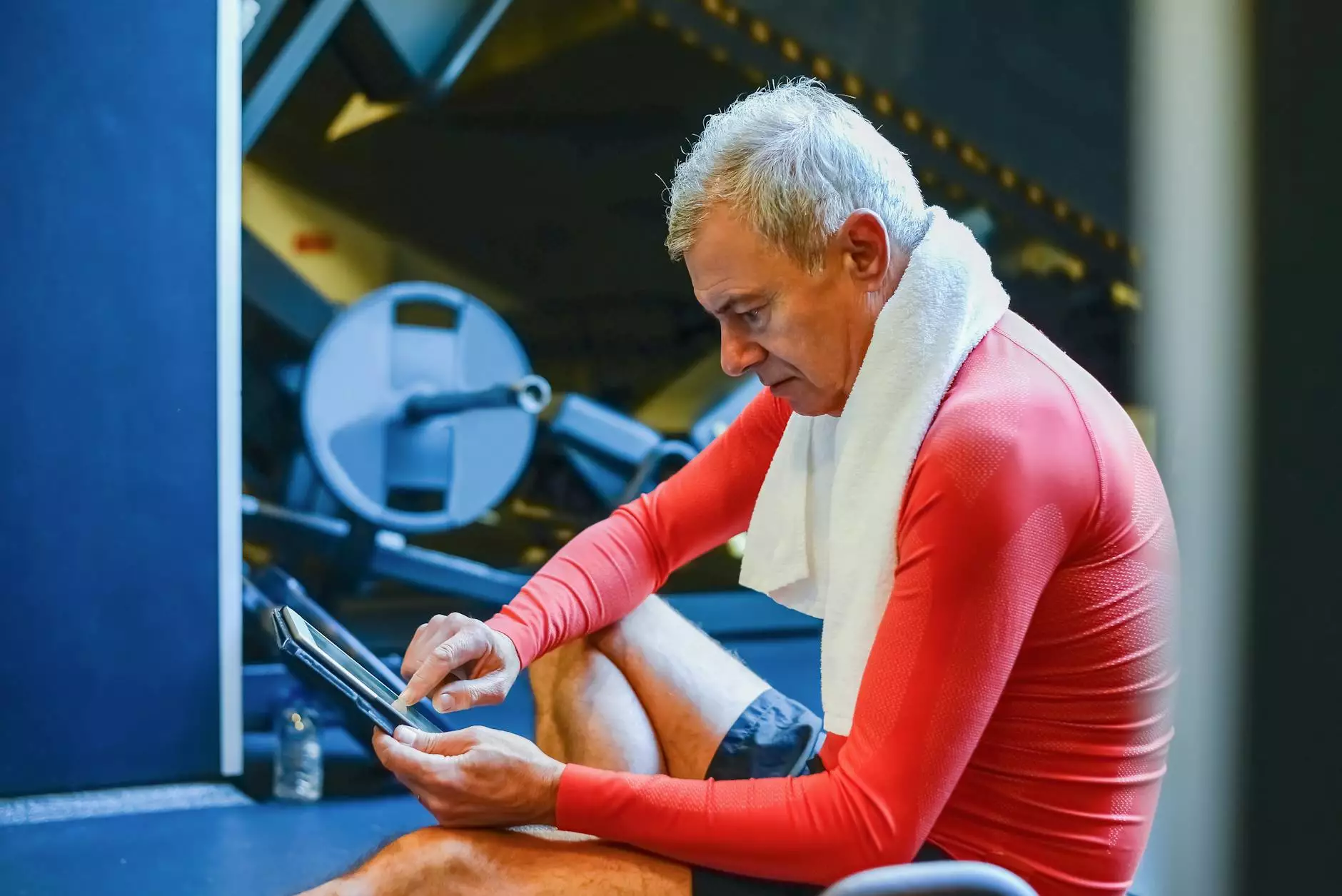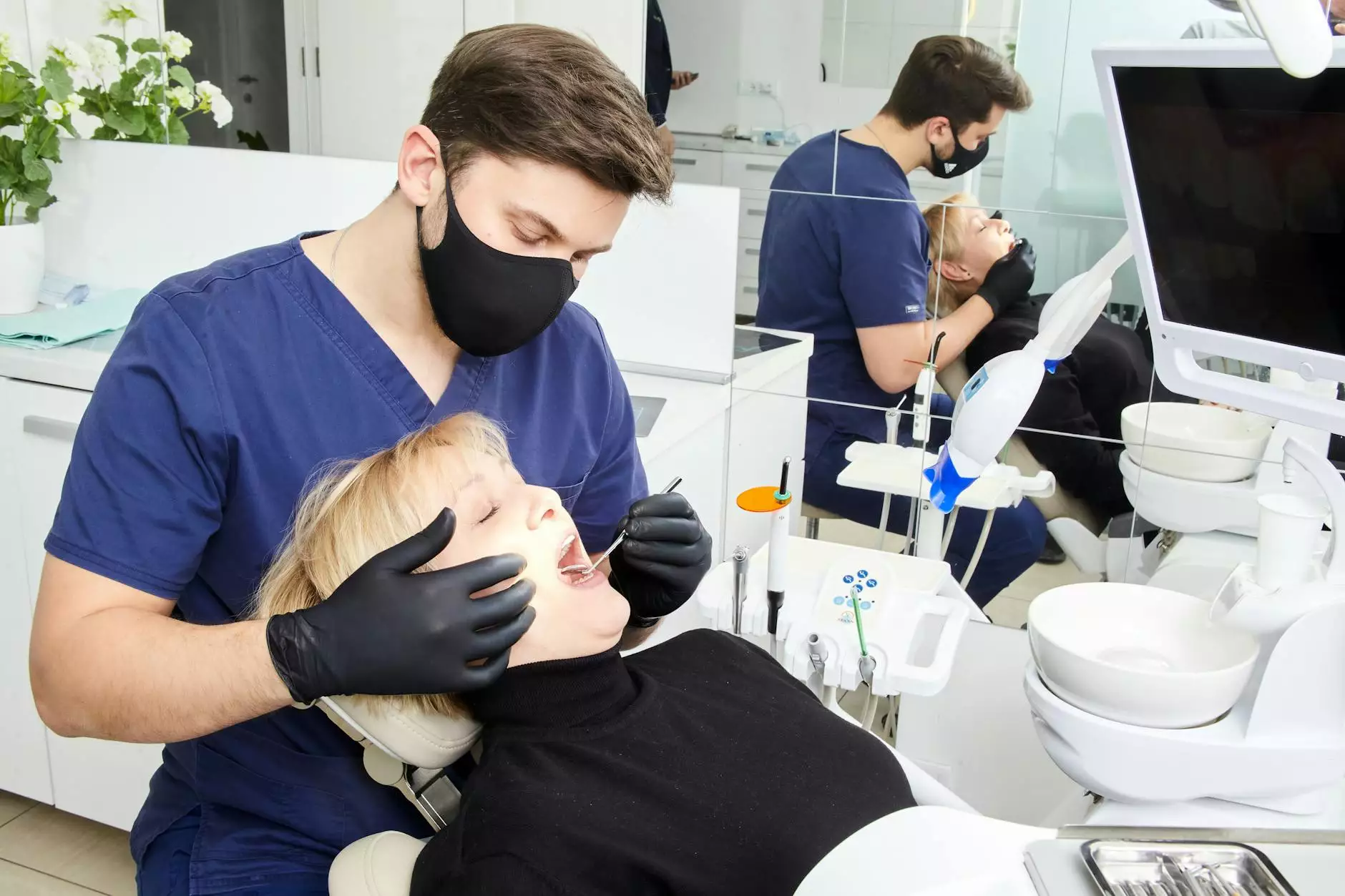The Comprehensive Guide to ACL Return to Sport Timeline

When it comes to recovery from an anterior cruciate ligament (ACL) injury, understanding the ACL return to sport timeline is crucial for athletes. Proper knowledge of the recovery phases, rehabilitation exercises, and timelines not only aids in physical healing but also ensures mental preparedness for a safe return to competition.
What is the ACL and Its Importance?
The anterior cruciate ligament is one of the key ligaments that helps stabilize the knee joint. It connects the femur (thigh bone) to the tibia (shin bone) and is essential for activities that involve quick changes in direction, jumping, and sprinting. Injuries to the ACL can be devastating, often requiring surgical intervention followed by an extensive rehabilitation process.
Common Causes of ACL Injuries
- Sudden Stops: Abrupt changes in speed can strain the knee.
- Pivoting Movements: Twisting motions can place excessive stress on the ACL.
- Improper Landing: A poor landing technique after jumps can compromise knee stability.
- Direct Blows: Collisions can lead to ACL tears, especially in contact sports.
The ACL Injury Recovery Process
Recovering from an ACL injury is a multi-phase process that can take several months. Understanding the ACL return to sport timeline requires looking at the various stages of recovery:
Phase 1: Immediate Post-Injury Phase (0-2 weeks)
After the injury occurs, the first priority is to manage pain and swelling. This phase typically involves:
- Resting the knee and avoiding weight-bearing activities.
- Ice therapy to reduce swelling.
- Compression bandages to control inflammation.
- Elevation of the knee to promote fluid drainage.
Phase 2: Surgical Intervention (if necessary, 0-6 weeks)
If surgery is required, it usually occurs within the first few weeks after the injury. The goal of surgery is to reconstruct the ACL using a graft. Following surgery, the focus shifts to:
- Pain management through medications.
- Initiating rehabilitation exercises to regain range of motion.
- Physical therapy to prevent stiffness and promote healing.
Phase 3: Early Rehabilitation (6-12 weeks)
During this stage, the focus is on restoring full range of motion and beginning to strengthen the muscles around the knee. Objectives include:
- Gradually increasing the intensity of rehabilitation exercises.
- Incorporating quadriceps and hamstring strengthening activities.
- Gradual return to daily activities without pain.
Phase 4: Advanced Rehabilitation (3-6 months)
As strength and stability improve, athletes can begin more sport-specific exercises. Key points include:
- Focusing on balance exercises to improve proprioception.
- Starting plyometric training for explosiveness.
- Engaging in sport-specific drills to simulate game conditions.
Phase 5: Return to Sport (6 months and beyond)
By the six-month mark, athletes may be ready to return to sport, contingent upon meeting specific benchmarks. Important considerations include:
- Passing a functional performance test.
- Having no knee instability during movements.
- Possessing adequate strength of the injured limb compared to the non-injured limb.
- Consultation with medical professionals, including a sports physician and physical therapist.
The Importance of Professional Guidance
While understanding the ACL return to sport timeline is essential for athletes, the guidance of professionals such as physical therapists and sports medicine doctors is invaluable. These professionals can help tailor a rehabilitation program that meets the specific needs of each athlete, ensuring a safe and effective return to sports.
Potential Risks of Premature Return to Sport
Returning to sports too soon can increase the risk of re-injury or further damage. Common risks of premature return include:
- Re-injury: A high likelihood of tearing the ACL again.
- Compensation injuries: Over-relying on other muscles may lead to injuries in different areas.
- Chronic pain: Extended periods of underestimating recovery can lead to long-term discomfort.
Tips for a Successful Return to Sport
To maximize recovery and ensure a safe return to sports, consider the following tips:
- Follow your rehabilitation plan: Adhere to the exercises and schedules provided by your healthcare team.
- Listen to your body: Pay attention to any signs of pain or discomfort during rehabilitation.
- Stay positive: Mental health plays a significant role in recovery. Maintaining a positive outlook can enhance motivation and focus during rehabilitation.
- Maintain good nutrition: Proper nutrition supports healing and strengthens the body for return to activity.
Conclusion
Understanding the ACL return to sport timeline can empower athletes to navigate the recovery process effectively. A comprehensive approach, inclusive of professional guidance and adherence to rehabilitation protocols, enables a return to sports in the safest manner possible. By recognizing the stages of recovery and the importance of patience, athletes can reduce the risk of re-injury and enjoy a successful return to their chosen sports.
For expert advice on managing ACL injuries and a tailored rehabilitation plan, consider consulting with the professionals at Hello Physio, where high-quality physiotherapy services are designed to help you achieve your health and athletic goals.









